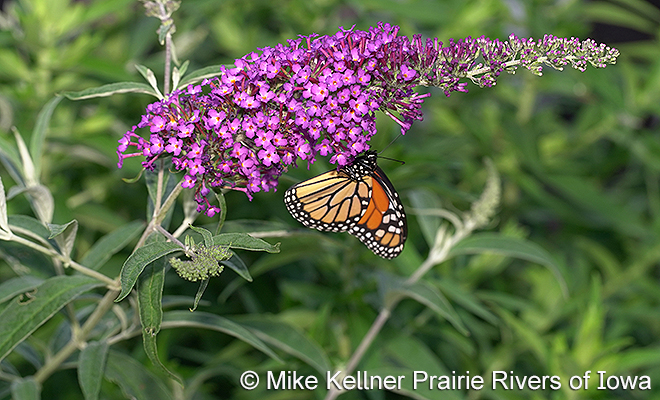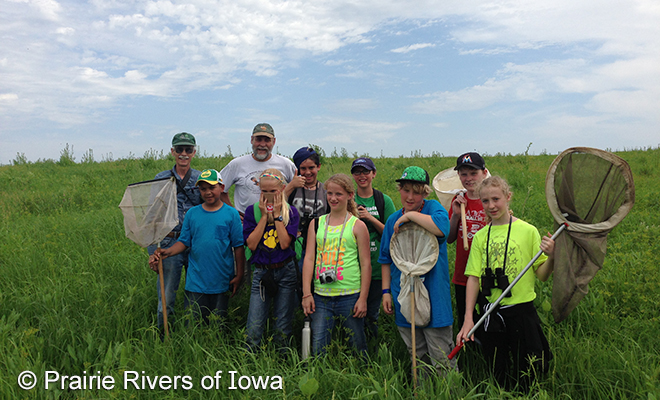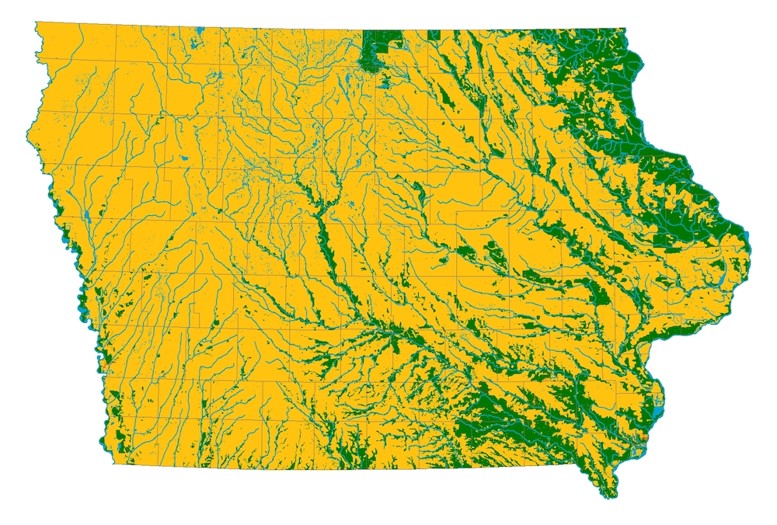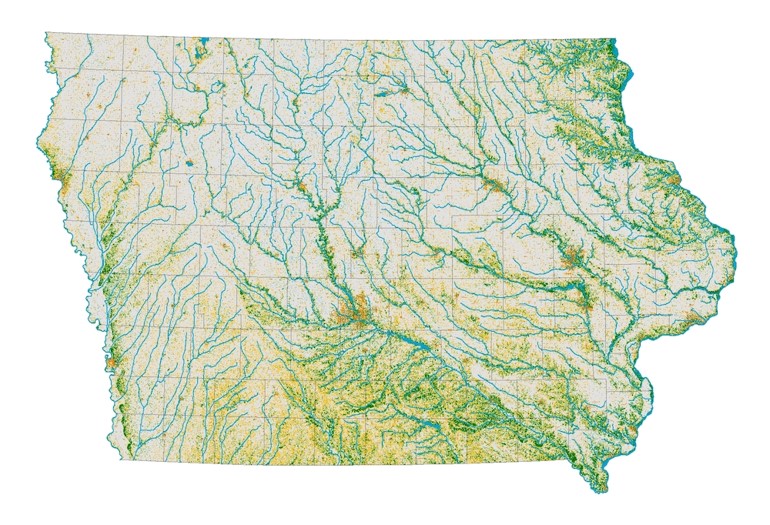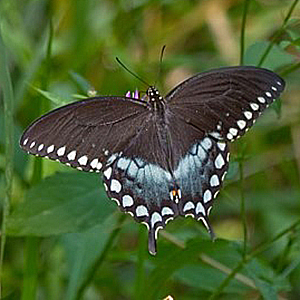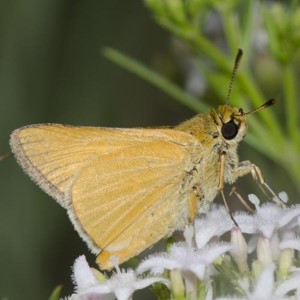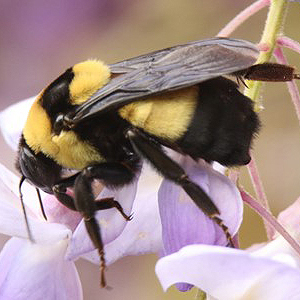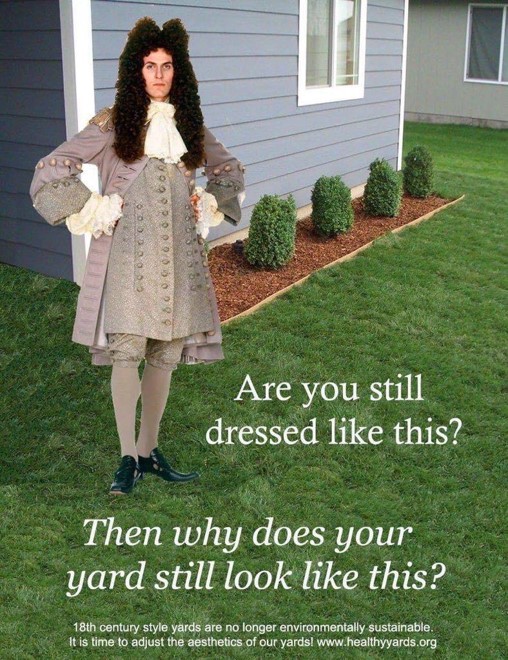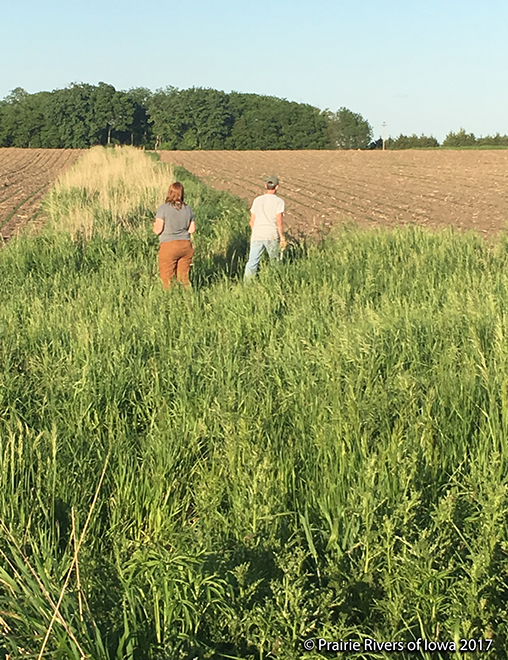
New Pollinator Conservation Specialist Jessica Butters Joins PRI Staff
Prairie Rivers of Iowa’s new Pollinator Conservation Specialist Jessica Butters’s background includes extensive knowledge about Iowa’s ecosystems and native bee conservation. She’s a graduate of Kansas State University (KSU) with a Master’s of Science in Entomology and recently completed work as a research assistant organizing and analyzing a large dataset concerning native bee presence in soybean in fields.
“We are thrilled to have her join our staff and look forward to some significant contributions towards pollinator and native plant habitat creation, restoration and education throughout Iowa,” says Executive Director Penny Brown Huber.
Jessica has a history of collaboration that will serve her well in this new position. As a part of the team at Kansas State, she has co-authored publications on topics ranging from Providing for Pollinators: Conserving and Integrating Natural Habitats to Native Flowering Border Crops Attract High Pollinator Abundance and Diversity. At KSU she managed two projects that gave her and others a greater understanding of native plant and insect interactions, and landowner viewpoints towards conservation efforts and practices.
Connecting with the public is an area of expertise Jessica honed while serving as an insect zoo tour guide at KSU and as a private tutor where she was able to synthesize scientific information into something simple, fun, and informational to school children and diverse audiences. Central Iowa audiences will get their first taste of her expertise during the Ames Public Library’s Birds, Bees and Pollinators EcoChat on April 28.
Besides being a great presenter, Jessica’s scientific skills are impressive as well. She is just as comfortable while conducting research and analyzing data, creating maps using ArcGIS and R, identifying native pollinators and plants, talking about sustainable agriculture or creating the perfect bee house. They are skillsets that are critical when considering the challenges pollinators currently face in Iowa and beyond.
Please welcome Jessica to the Prairie Rivers team, and “bee” sure to reach out, say hello, and call upon her expertise when you need assistance with your next pollinator garden, native prairie restoration, or educational event.
During the application process, Jessica related, “I believe my research experience, passion for public relations, and solid bee and Iowa ecology background, blend perfectly together for this position.” We could not agree more!


